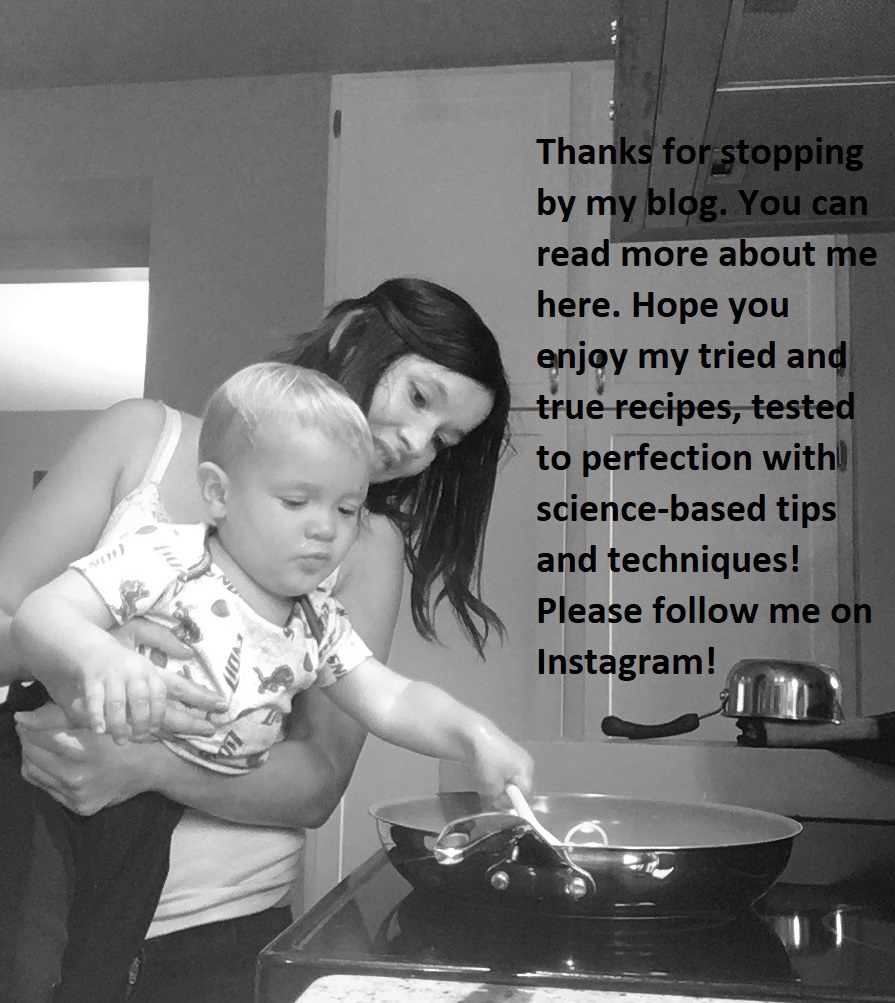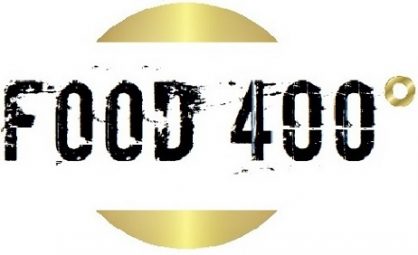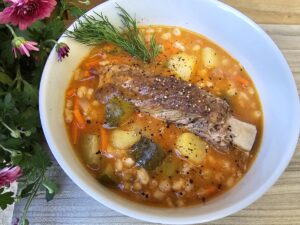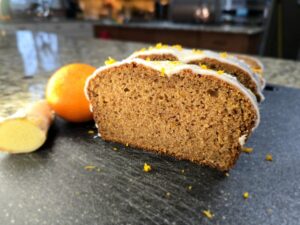In 2024, food400.com was honored to be named a finalist in the Canadian Online Publishing Awards (COPAs), the largest digital publishing awards program in Canada. Competing in the Consumer Division under the category of Best Blog Column/Videocast/Podcast, this recognition highlights the passion and creativity behind the recipes and content shared on this blog.
The COPAs celebrate excellence in online content creation across the country, and being shortlisted alongside so many talented creators is a meaningful achievement. This acknowledgment not only reflects the effort poured into every recipe but also strengthens food400.com’s place in the Canadian digital publishing landscape.
Thank you for being part of this journey—this milestone wouldn’t have been possible without readers like you!

The Story Behind Food 400
To be an inspired cook, I believe you need a story—a deep, complex one that shapes how you approach food. And only recently did I start piecing mine together.
For the longest time, I thought my grandmother was the sole inspiration behind my cooking. Her approach was rooted in science and precision—pastry-level techniques that often turned the kitchen into a chaotic, stressful, inefficient space. I vividly remember her tiniest cast iron meat pot, where she would spend hours crafting the smallest portion of the most tender, deeply flavored meat in an incredible brown sauce. It was impractical, but it taught me that great cooking is tied to love, memory, and home. A single bite can bring comfort, stir nostalgia, and create a sense of warmth, stability, and belonging.
She always said, “The way to a man’s heart is through his stomach.” Even as a child, I knew that was an outdated way to put it, but I understood the essence of what she meant: food creates bonds. The aromas of a kitchen, the nostalgia of certain dishes—they strengthen love in ways words often can’t. To this day, I chase flavors from my childhood, trying to recreate that same warmth.
But despite my love for my grandmother’s cooking, I also saw its inefficiencies. Even as a child, I knew that if she was going to spend hours making her stew, she might as well make a large batch. I also knew that her process needed streamlining.
A recent memory of my other grandmother’s Napoleon cake helped bring more clarity. My first grandmother’s Napoleon was precise, pastry-chef perfect—but also stressful to make. The second grandmother’s version? It was simple, effortless, and served in abundance. It wasn’t correct from a culinary standpoint—it was a slop of custard-soaked pastry on a plate. But I loved it. The layers, the creaminess, the ease of it.
That’s when I realized: correct and complex isn’t always best. When perfection takes away from family time, creates unnecessary complications, and makes recipes too much of a hassle to repeat, it defeats the purpose. My cooking evolved into a balance of precision and practicality.
Sure, I have an incredibly complex Bolognese sauce recipe that layers flavors, textures, and meats to perfection—but who cares if it takes hours to make, requires excessive planning, and demands a grocery list too long for a weeknight? Meanwhile, my One-Pot Beef Pasta is our family’s most beloved meal, and it takes under 30 minutes. (And for the record, I triple or even quadruple the amount of herbs in that recipe for even more punchy flavor that is so Nostalgic to my family.)
A Culinary Perspective Shaped by History
My food is also shaped by the geopolitical history of where I grew up—a region of Europe influenced by so many cultures. I was lucky to be exposed to everything: German vanilla custards, Asian flavors, the Mediterranean diet, and heavily spiced, exotic dishes. My recipes reflect that diversity.
Why Food 400?
Originally, I chose the name Food 400 for two simple reasons:
- It rolls off the tongue.
- 400°F is an excellent all-purpose baking temperature—ideal for browning, crisping, and ensuring even cooking across a wide range of foods. It’s hot enough to make puff pastry rise beautifully, chicken wings crisp up without overcooking, and shortbread develop its perfect crumbly texture.
But today, I realize Food 400 represents something bigger: my goal to document 400 perfected recipes. Because honestly, no one needs more than that. Once you go past 400, nostalgia gets diluted.
Think about it— For example for me: Christmas always means Chocolate Mousse Cake and Pumpkin Pie. New Year’s? Classic Tiramisu. Easter? Lemon Loaf and Honey Cake. Birthdays? Ding Dong Cake, Lemon Cake, and the perfected White Velvet Cake. Thanksgiving? Pumpkin Pie and Pumpkin Tiramisu. In between, there’s Bee Sting Cake, cookies, cupcakes, brownies, Napoleon, banana bread, puddings… too many desserts to rotate through already!
If you make a new dessert every time, you never build the long-term food memories that define traditions and nostalgia.
So join me on this journey of sharing perfected recipes—ones that earn their rightful place in a home kitchen. Some, like Bee Sting Cake, demand precision (if you’re going to make it, you might as well perfect brioche). Others, like Pasta alla Pomodoro, Italian Wedding Soup, and Glazed Bran Muffins, are effortless classics—simple, satisfying, and just right. Even my Turkey Bolognese made the cut—not because it’s complex, but because it’s healthy, practical, and still delivers great flavor.
Each recipe tells a story. Each one has earned its place. And I’m here to share them with you.









